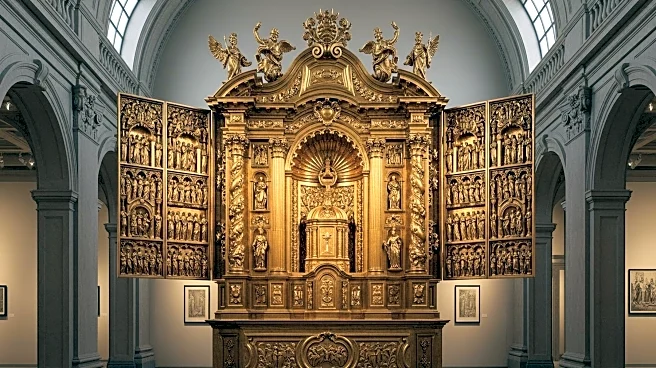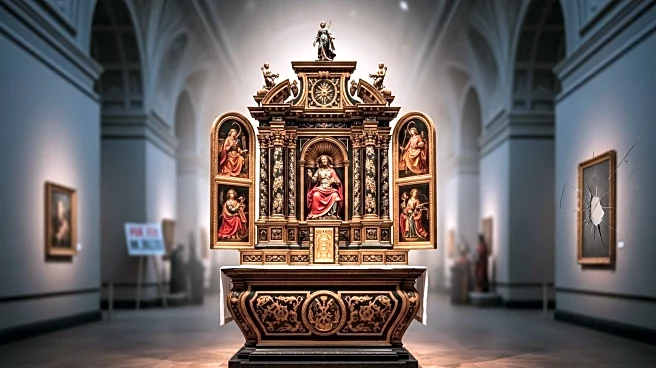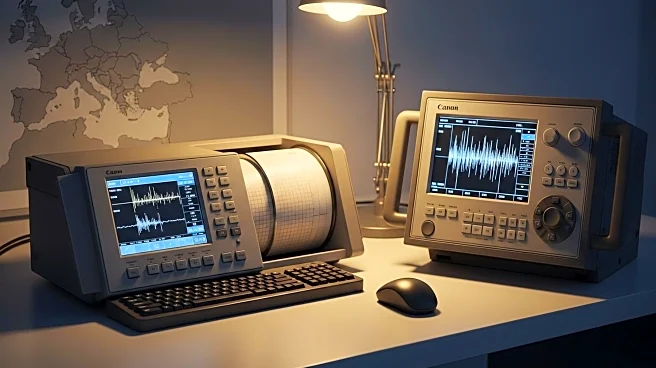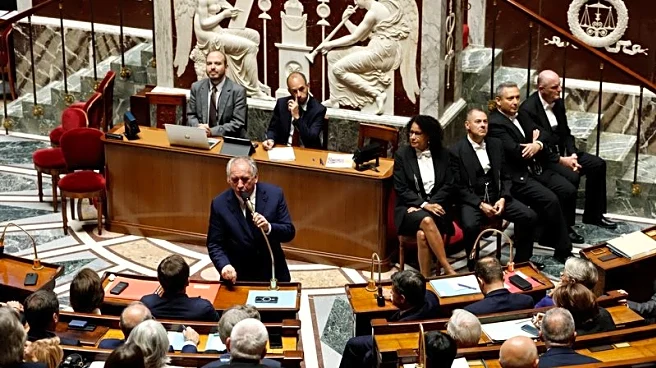What's Happening?
A 16th-century altarpiece by Vittore Carpaccio has been returned to Piran, Slovenia, sparking criticism from Italian politicians. The painting, Madonna and Child Enthroned with Six Saints, was originally commissioned for Piran's Church of St. Francis of Assisi. It was removed in 1940 and kept in Padua during WWII. Recently, it was transferred back to Piran, a move hailed by Slovenian officials but denounced by Italian politicians as a loss of cultural patrimony.
Why It's Important?
The return of the Carpaccio altarpiece highlights ongoing tensions regarding cultural heritage and historical claims between Italy and Slovenia. The debate underscores the complexities of art restitution, especially in regions with shifting borders and historical conflicts. This event may influence future negotiations and policies related to cultural heritage, impacting diplomatic relations and cultural exchanges between countries.
What's Next?
The painting will be reinstalled in Piran's St. Francis Church after restoration work is completed. The controversy may lead to further discussions on cultural heritage rights and restitution practices, potentially affecting similar cases in Europe and beyond.
Beyond the Headlines
The return of the altarpiece touches on broader themes of identity, memory, and reconciliation in post-conflict regions. It raises questions about the role of art in preserving cultural history and the responsibilities of nations in safeguarding shared heritage.














